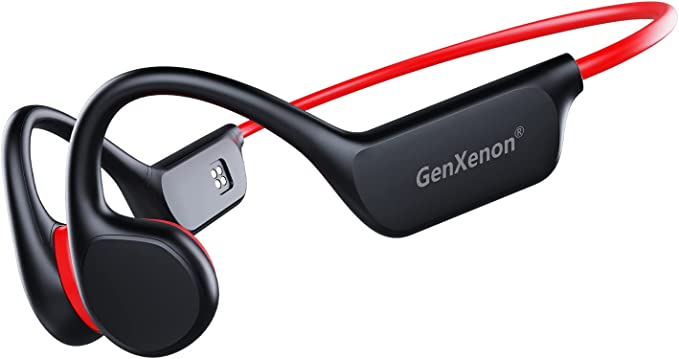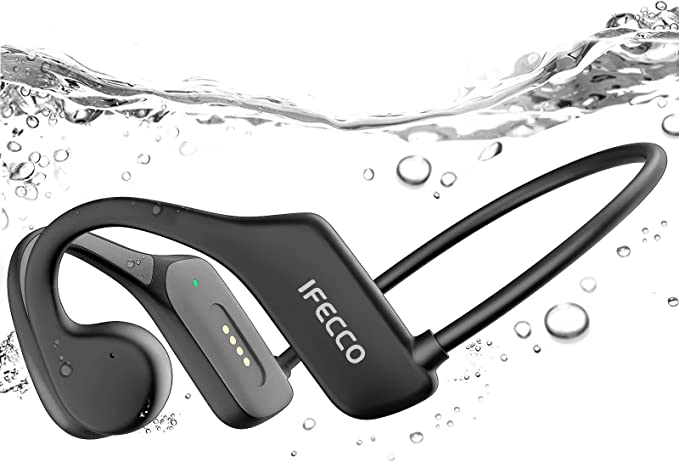The Phantom Brand Economy: Why Your Cheap Amazon Purchase Could Be a Costly Gamble
Update on Oct. 12, 2025, 6:09 p.m.
Navigating the sprawling digital aisles of modern e-commerce giants like Amazon feels increasingly like exploring a dense, uncharted jungle. For every familiar landmark—a legacy brand with decades of history—there are a hundred unfamiliar names: MeowWhimsy, PetLux, KittiBot, SmartPaws. These “phantom brands” materialize overnight, offering products that look strikingly similar to their premium counterparts, boasting an equivalent, if not longer, list of features, all at a fraction of the price. They present a tempting proposition, a shortcut to the latest technology without the associated cost. But this burgeoning phantom brand economy operates on a hidden transfer of risk, creating a landscape where the lowest price on the screen often conceals the highest potential cost for the consumer.

This phenomenon is largely powered by the white-label or Original Equipment Manufacturer (OEM) business model. A handful of factories, often overseas, design and produce a generic product. This product is then sold to numerous marketing entities who simply apply their own brand name, logo, and packaging. This model is ruthlessly efficient. It allows new “brands” to enter the market with minimal investment in research, development, or tooling. The result for the consumer is an explosion of choice and aggressive price competition. However, this efficiency comes at a steep price. The connection between the end-user and the entity actually responsible for the product’s design and quality is severed. When the product inevitably fails, the consumer is left with a brand that is little more than a digital storefront, possessing no engineering expertise, no replacement parts, and no incentive to provide support beyond the brief return window.
This business model thrives because it masterfully exploits fundamental aspects of consumer psychology. Firstly, there is our powerful sensitivity to the initial sticker price. The immediate, tangible saving of hundreds of dollars often outweighs the abstract, future risk of product failure—a cognitive bias known as hyperbolic discounting. Secondly, we are susceptible to “feature fetishism,” the tendency to be dazzled by a long list of specifications without critically evaluating their real-world utility or reliability. A cheaper product that lists “Infrared, Radar, and Weight Sensors” seems objectively better than a more expensive one that might simply say “Advanced Safety System,” even if the latter is backed by years of engineering and refinement. We are wired to respond to quantity, and the spec sheet is a game of numbers.
The most insidious trap, however, is the miscalculation of the product’s true cost. We tend to focus on the initial purchase price, but a more accurate metric is the Total Cost of Ownership (TCO). TCO accounts for not only the acquisition cost but also all associated costs over the product’s lifespan, including repairs, consumables, and, crucially, replacement. Consider a simplified TCO model:
- Product A (Phantom Brand): $280 initial cost. Let’s assume a conservative 50% chance of catastrophic failure within two years, requiring a full replacement. The expected cost over two years is ($280 * 50% for the first unit) + ($280 * 50% for the replacement) = $280. But the time, frustration, and potential property damage from failure are unquantified costs.
- Product B (Established Brand): $700 initial cost. Let’s assume a 5% chance of failure within two years, covered by a robust warranty. The expected cost is the initial $700.
While this is a simplified model, it illustrates a critical point: the cheap product can easily become the more expensive proposition. The gamble is that you will be in the lucky 50% whose unit survives. The economic reality is that the business model is profitable precisely because, on average, enough units fail outside the return window that the seller is not held accountable.

This exposes the invisible, yet most valuable, commodity that established brands sell: accountability. A brand with a 25-year history has a reputation to protect. It has invested millions in R&D, which it must recoup over the long term. It maintains a support infrastructure of trained staff, a supply chain for replacement parts, and a warranty that acts as a legally binding promise. This accountability is a form of insurance for the consumer. It is an assurance that if the product fails due to a design or manufacturing defect, the entity that profited from its sale will bear the responsibility. With a phantom brand, that accountability evaporates the moment the 30-day return period expires.
Therefore, when faced with the choice between an unknown upstart and a reputable incumbent, the decision is not merely about price or features. It is a calculated investment in accountability. Before clicking “buy” on a high-value item from a brand you’ve never heard of, a new due diligence is required. Does the brand have a physical address and a phone number? Does it have a history of responding to negative reviews and supporting its products beyond a year? Are there independent, long-term reviews from reputable sources, not just a flood of recent, incentivized ratings? In the phantom brand economy, the onus is on the consumer to look past the alluring price tag and the dazzling feature list, and to ask a more fundamental question: Who, exactly, am I doing business with?





























